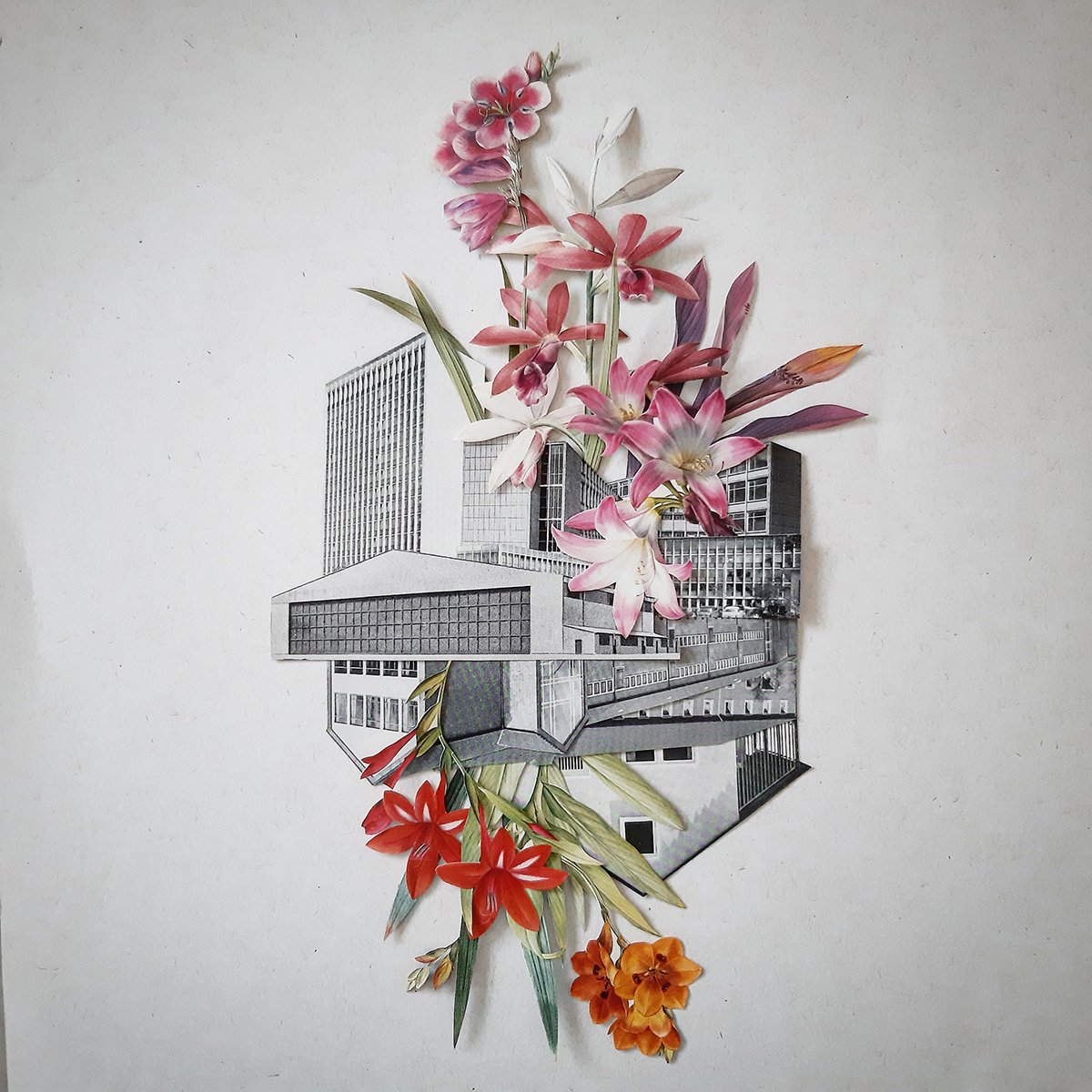Habitats Solo Exhibition
Photos: Shani Nachmias
Habitats
Solo Exhibition at Alfred Gallery, as part of Illustration Week (Tel Aviv) 2021 | Curated by Revital Michali
During the first coronavirus lockdowns, when people began feverishly straightening up their homes in order to make room for themselves, domestic fences and city benches filled up with stuff people were giving away, including tons of books.
Along with the act of emptying her own house, Tamar Tessler began collecting the old books she found in the streets. For her, these served as an anchor in stormy seas, like cities of refuge. Over time, the labor of collecting books spread from the public to the personal sphere: It was transformed into a journey of encounters with those who offer their old books for the taking, people with abandoned apartments housing unclaimed contents, with dedications inscribed in old ink and random notes forgotten among the pages, illustrating the personas of their original owners.
In the exhibition Habitats, to be presented in the Alfred Institute’s public exhibition space, handmade analog collages will be displayed, comprised of a multitude of images cut out of encyclopedias and nonfiction books from the nineteen sixties and seventies. Botanical illustrations, drawings of animals and archaeological photographs connect together and create new worlds. Habitats float in space, producing an alternative to the chaotic reality. The borders between the cuttings, which are visible to the eye, examine the boundaries between nature and the urban landscape, as well as the interactions between growth, withering and time.
At a time when digital communication has become the default, the artist chooses to revert to the labor of manual creation. Tessler abandons the computer and adopts scissors, glue and printed books. She takes images apart, isolates them from the multitude of baggage and meaning associated with them, and transforms them into decorative elements, shapes and colors, whose significance is created by the very act of connecting them together anew. The act of recycling, working with paper that shows the signs of time and bears the colors of memory and the inaccuracies of old printing, enables Tessler to tell a story, to embark on a journey – to wander between past, present and future, to create islands that float in time, new growing environments, distilled and harmonious.










